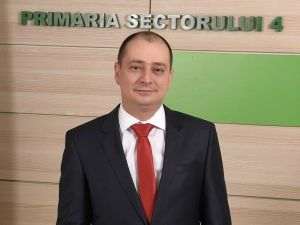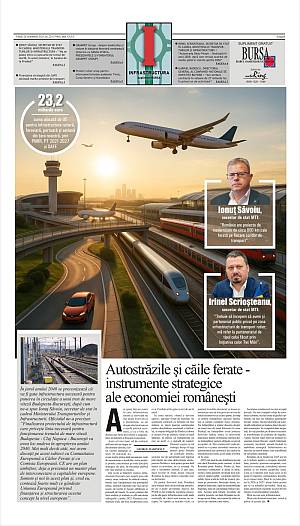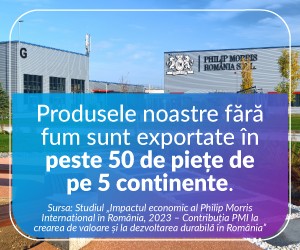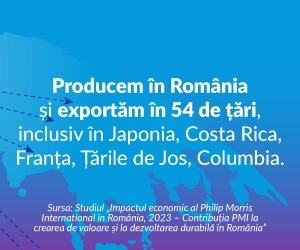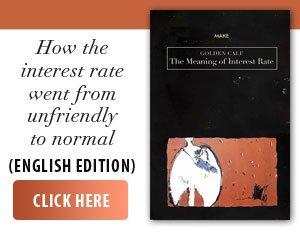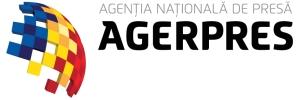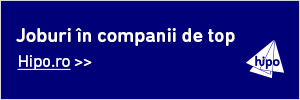Defense companies play a key role in shaping global security, supplying everything from fighter jets and missiles to advanced cyber systems, and in 2025, the valuations of major defense contractors rose to record highs amid ongoing armed conflicts and rising tensions within NATO.
A visualcapitalist.com analysis identifies the industry leaders based on their market capitalizations as of May 20, 2025, noting that 16 of the companies are based in the US, while 17 are based in Europe. The figures used by the cited source come from companiesmarketcap.com.
The American companies analyzed represent over half of the total market capitalization ($743 billion out of $1.3 trillion), which is simply a consequence of the fact that the US has the largest military budget in the world.
• The world's top three defense companies by market capitalization: RTX, Honeywell, Safran
The most valuable publicly traded defense company is US-based RTX Corp., with a market capitalization of $183.27 billion as of May 22. Listed on the NYSE, the company was created in 2020 through the merger of Raytheon Co. and United Technologies Corp. RTX is known for its advanced missile systems, aircraft engines, and aerospace components. It recently won a $1.2 billion contract to supply Germany with Patriot air and missile defense systems, according to the source cited.
The next defense company is US-based Honeywell Inc., listed on the Nasdaq, with a market capitalization of over $144 billion. Honeywell is a diversified manufacturing company, and in 2026 it will split into three separate businesses, covering automation, aerospace and advanced materials. In October 2024, Honeywell received a $103 million contract from the US Army to develop a next-generation radar system.
Also in the Top 3 is the French company Safran SA - the most valuable defense company outside the United States. Listed on the Paris Stock Exchange, Safran has a market capitalization of over $123 billion. Safran specializes in aircraft engines and components, as well as advanced navigation systems. In April 2025, Safran announced the opening of its new US headquarters in Virginia, establishing a strategic center to support US defense and space initiatives.
The following are ranked 4-10 in the field: Lockheed Martin Corp. (USA, market capitalization of over $111 billion), Rheinmetall AG (Germany, over $89 billion), General Dynamics Corp. (USA, about $76 billion), BAE Systems Plc (UK, over $70 billion), Northrop Grumman Corp. (USA, over $68 billion), Thales SA (France, almost $59 billion), L3Harris Technologies Inc. (USA, over $43 billion). In positions 11-20 we find: Hindustan Aeronautics Ltd. (India, almost $38 billion), Leonardo SpA (Italy, over $33 billion), Bharat Electronics Ltd. (India, $31 billion), Kongsberg Gruppen ASA (Norway, about $29 billion), Dassault Aviation SA (France, over $27 billion), SAAB AB (Sweden, over $25 billion), Elbit Systems Ltd. (Israel, $18 billion), Aselsan AS (Turkey, over $15.5 billion), Leonardo DRS Inc. (USA, $11 billion), Hensoldt AG (Germany, $10 billion).
• SAFE: 150 billion euros to strengthen European defense
The Council of the European Union adopted, in May, a regulation to establish the Security Action for Europe (SAFE), a new EU financial instrument that will support member states willing to invest in defense industrial production through joint procurement, focused on priority capabilities, according to a statement published on the Council's website, quoted by Agerpres.
SAFE will finance urgent and large-scale investments in the European Defense Technological and Industrial Base (EDTIB). The objective is to boost production capacity, ensuring the availability of defense equipment in case of need, as well as to intervene in existing capacity gaps, ultimately strengthening the EU's overall defense preparedness. SAFE will also allow the Union to continue supporting Ukraine, associating its defense industry to the new instrument from the start.
According to the source, Polish Minister for European Affairs Adam Szlapka said: "We have adopted the first large-scale defense investment program at EU level, worth 150 billion euros. This is an unprecedented instrument that will boost our defense capabilities and support our defense industry. The more we invest in security and defence, the more we will deter those who wish us harm”.
Regarding the functioning of SAFE, the Council communique shows that through the respective instrument the EU makes available 150 billion euros, which will be paid upon request to the interested Member States, based on national plans. The payments will be made in the form of long-term loans with competitive costs, which will be repaid by the beneficiary States.
In order to ensure savings and interoperability, and to reduce the possible fragmentation of the EDTIB, the beneficiary States will in principle carry out joint procurements, in which at least two participating countries will be involved, in order to qualify for credits.
According to the source, in response to the current geopolitical situation and the urgent need for massive investments in defence equipment, SAFE will also allow for a limited period of procurements involving a single Member State.
Regarding the involvement of third countries, SAFE opens a new chapter in cooperation with them. Ukraine and EEA-EFTA (European Economic Area - European Free Trade Association) countries will be treated in the same way as Member States. Not only will they be able to participate in joint procurement, but procurement will also be possible from their industries.
SAFE will also allow acceding countries, candidate countries, potential candidates and countries that have signed Security and Defence Partnerships with the EU, such as the United Kingdom, to participate in joint procurement.
Furthermore, SAFE offers the possibility to conclude additional bilateral or multilateral agreements with these third countries, under which eligibility conditions may be opened.
Eligible actions financed under SAFE must be related to the first list of priority areas identified by the European Council of 6 March 2025 and are divided into two categories of defence products. The first category includes ammunition and missiles, artillery systems, including precision strike capabilities, land combat capabilities and their support systems, as well as infantry equipment and armament; critical infrastructure protection, information technology and military mobility, including counter-mobility.
The second category includes air and missile defence systems, surface and submarine maritime capabilities, drones and anti-drone systems, strategic support such as - but not limited to - strategic airlift, in-flight refuelling, C4 ISTAR systems (command, control, communications, computers (C4), intelligence, surveillance, target acquisition and reconnaissance (ISTAR)), space assets and services, space asset protection, artificial intelligence and electronic warfare.
Defence products in the second category will be subject to stricter eligibility conditions, according to which contractors will be able to decide on the definition, adaptation and evolution of the designs of the products purchased. For both categories, procurement contracts must ensure that the cost of components originating outside the EU, EEA-EFTA and Ukraine is within the 35% of the cost of the components of the finished product.
The EU is committed to strengthening and deepening transatlantic cooperation and engagement in security and defence, as well as complementarity with NATO. In this context, SAFE aims to increase interoperability, continue industrial cooperation and ensure mutual access to cutting-edge technologies for trusted partners.
SAFE entered into force on 29 May 2025.











